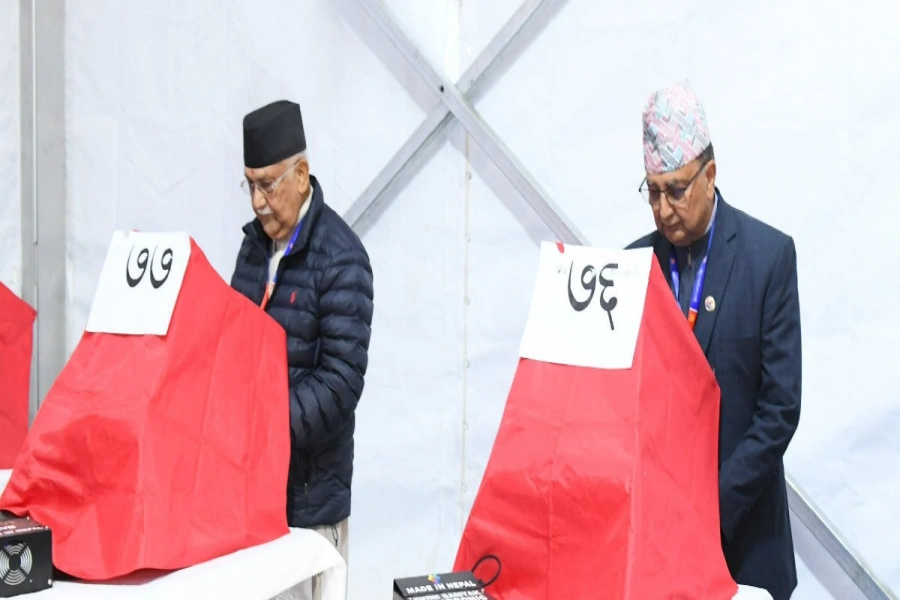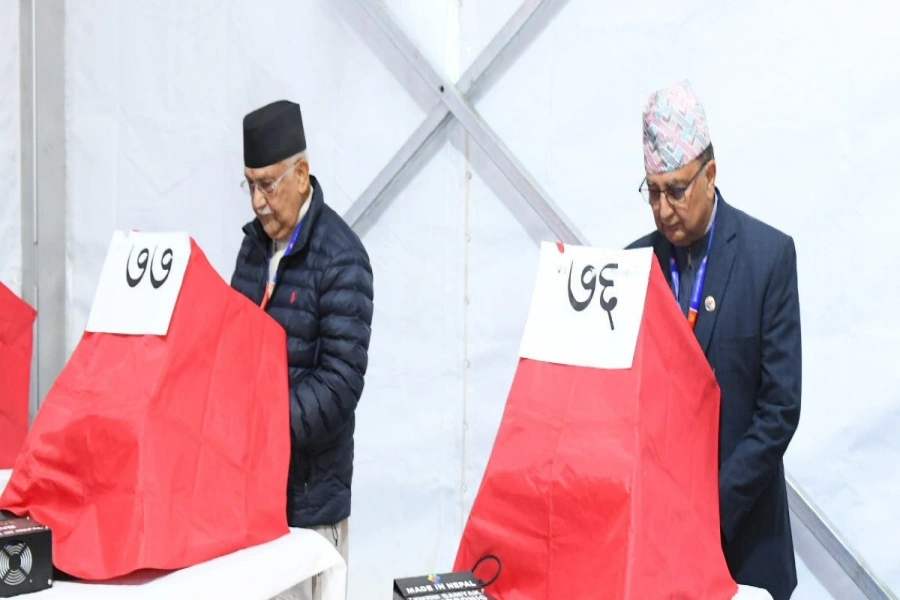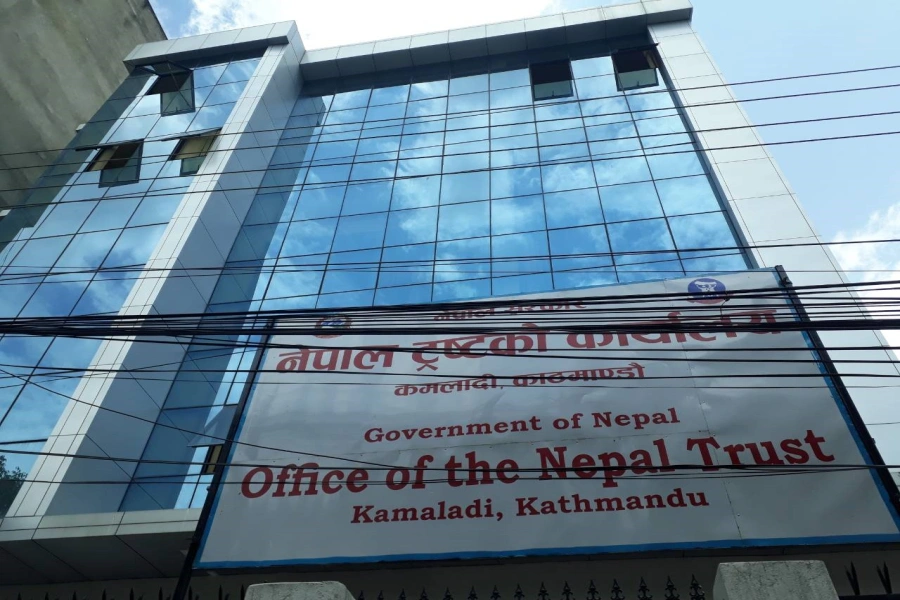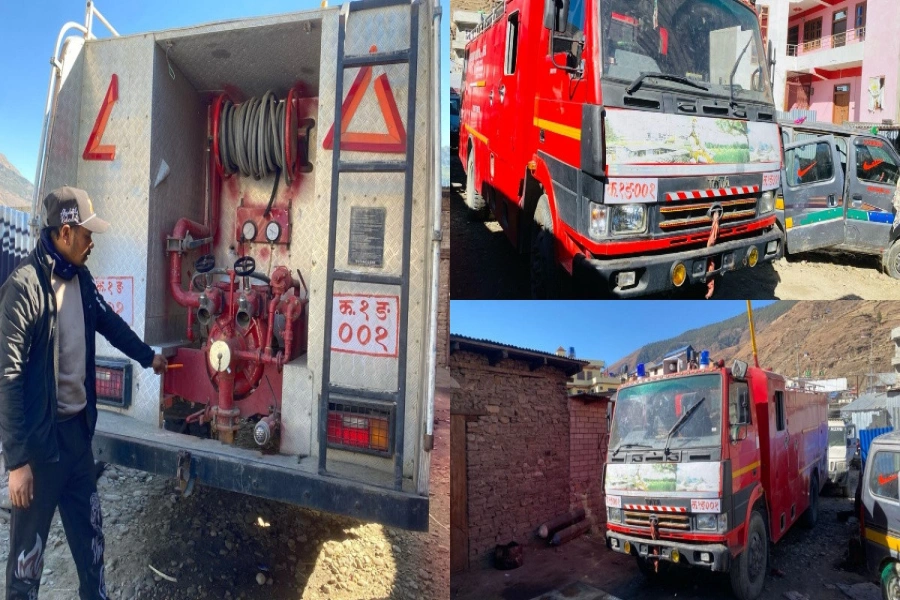The twenty-first century has borne witness to highly pathogenic and easily transmissible zoonotic virus outbreaks, including the severe acute respiratory syndrome coronavirus (SARS-CoV), Ebola virus, Middle East respiratory syndrome coronavirus (MERS-CoV), and Nipah virus (NiV).
Among these, the Nipah virus is one of the world's most lethal viruses, leading to exceptionally high mortality rates, often resulting in severe neurological and respiratory diseases. Highly contagious through various strains necessitates swift and accurate diagnosis for effective control.
In resource-limited regions like Nepal, a lack of healthcare infrastructure, diagnostic capacity, and expert personnel poses challenges to Nipah virus management. These challenges may result in elevated mortality rates upon virus outbreak and heighten the potential for epidemic outbreaks. At this juncture, prioritizing equipping our healthcare workforce and experts with this knowledge should be of utmost importance. Preparedness remains a cornerstone in our defense against potential outbreaks, and investing in exchanging expertise can substantially fortify our defenses.
The recent Nipah virus (NiV) outbreak in India's Kerala state has raised concerns that the deadly virus could cross the border into Nepal. The virus has a mortality rate of up to 75% and spreads rapidly among people through respiratory droplets, saliva, and close contact. With no vaccines or specific treatments available, prevention is critical.
Although Nepal has not reported any Nipah cases, preparedness and collaboration among health agencies, hospitals, and the community are vital to swiftly contain potential outbreaks. Nepal must have contingency plans to enhance its ability to combat this deadly virus. Considering the feasibility of dispatching medical professionals and public health experts to collaborate with Nipah containment teams and experts in Kerala, India, particularly in the Kozhikode district, took a prudent step. This collaboration could yield invaluable insights into the disease and its underlying mechanisms on the emerging understanding of the pathogenesis of the Nipah virus.
It is important for Nepal to further enhance its outbreak response capabilities, as early intervention and watchfulness currently stand as the nation's foremost defenses against this formidable virus. Assistant Professor Roshan Kumar Mahato, a Public Health expert from Kathmandu University, emphasizes the importance of remaining vigilant, conducting tests, isolating suspected cases, and thoroughly tracking all potential exposures.
Bats that spread Nipah virus are found in abundance in Nepal

Is Nepal ready?
Precautions:
Nepal is at risk because it shares a porous border with West Bengal and Bihar - Indian states reporting Nipah cases likely transmitted by fruit bats. The virus could enter Nepal through infected people crossing the border or through bat migration.
Preventing virus transmission requires strict adherence to infection control measures, including proper handwashing, protective gear, patient isolation, and disinfection. Surveillance systems that quickly identify initial cases and trace all contacts are essential, along with preparedness to test and isolate suspected infections. Healthcare workers must follow proper guidelines, and samples should only be handled in well-equipped labs.
Cross-border coordination and information sharing between countries can help control the spread. Investments in effective personal protective equipment for healthcare workers at risk of exposure are vital. Public awareness initiatives should educate communities about the risks associated with contact with bats, such as handling bitten fruit, encountering bat droppings, and potential transmission to livestock. Reporting sick animals, particularly pigs, to relevant authorities is essential. A collaborative One-Health approach engaging communities and various agencies is crucial for proactive prevention and swift containment of the Nipah virus.
Signs and Symptoms:
Emily Gurley, an epidemiologist who conducted an on-site outbreak investigation and is currently affiliated with Johns Hopkins University, describes the typical signs and symptoms of encephalitis as high fever, headache, and, frequently, altered mental state or even coma. Patients often experienced disorientation and seizures, with many also exhibiting respiratory symptoms like coughing, vomiting, and breathing difficulties. Notably, all these outbreaks documented alarmingly high fatality rates, including the recent Kerala outbreak, which recorded a mortality rate as high as 91%. Generally, outbreaks in neighboring nations of Nepal have shared a pattern of human-to-human transmission with no intermediate hosts, primarily affecting healthcare workers, caregivers, and bystanders, suggesting nosocomial transmission as a significant mode of spread.
Diagnosis
Early diagnosis is crucial for Nipah virus infection, with samples like nasal and throat swabs, urine, blood, cerebrospinal fluid, and tissues from deceased animals collected for diagnostic and isolation purposes.
The Nipah virus is categorized as a Bio-Safety Level 4 (BSL-4) pathogen, denoting the highest safety precautions for handling the disease. Nepal operates a BSL-3 laboratory, thanks to financial support from esteemed institutions such as the World Health Organization and the World Bank. This laboratory has played a pivotal role in effectively managing diseases like Avian Influenza AH5N1, Dengue, and Japanese encephalitis in the past.
Scientists have identified two main strains of Nipah virus – NiV-B and NiV-M. These strains have different origins and symptoms.
Outbreaks in Bangladesh and India come from NiV-B. This strain often causes deadly encephalitis along with respiratory illness and has higher mortality rates. It has a short incubation period before symptoms appear. Meanwhile, Malaysian outbreaks originate from NiV-M. This strain mainly leads to encephalitis (primarily affects the brain) with fewer breathing issues.
NiV-B, prevalent in Bangladesh and India, is more likely to transmit in Nepal. The most sensitive method for Nipah diagnosis involves PCR techniques, detecting viral genetic material in patient samples. Nepal has gained valuable experience and expertise in sample collection and processing during the COVID-19 pandemic, which can be applied to this context but with far more precautions.
Treatment
Nepal faces vulnerability to emerging viral infections due to limited capacity for rapid development and access to antiviral treatments or vaccines. When COVID-19 virus outbreak occurred in 2019, Nepal lacked preventive vaccines and antiviral medications, leaving healthcare providers only offering supportive patient care. Patients infected with the Nipah virus require intensive care, including supportive therapy, broad-spectrum RNA virus antivirals like Ribavirin, and medications to manage symptoms such as deep vein thrombosis and seizures. Mechanical ventilation is often necessary for respiratory failure, and Nepal will falter and struggle to provide such facilities, as evidenced during the COVID-19 pandemic.
Therefore, authorities and governments should practice and follow preventive and containment measures towards controlling any possible sporadic outbreak rather than resorting to treatment measures and, later, appealing for help from other nations to halt viral epidemics.
































